Vietnam’s Durian Export Market
06 Aug 2024
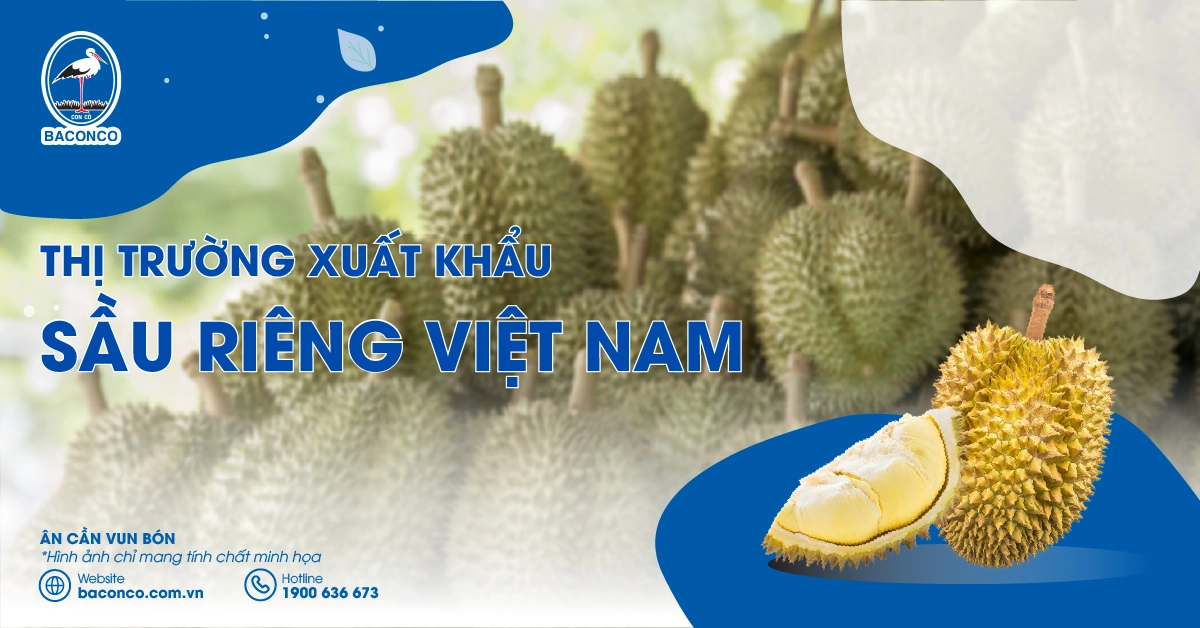
The durian market has become more vibrant than ever as Vietnam exports durian to major world markets like China, Thailand and others. In this article, let’s explore the Vietnamese durian market and the opportunities, challenges this “king of fruits” needs to overcome to expand its market further with Baconco.
Overview of the Vietnamese durian market
The Vietnamese durian market is growing strongly. Vietnam is becoming one of the world's export durian producers. In 2024, the total durian cultivation area is estimated to be 150,000 hectares, with an expected 1.5 million tons. Durian cultivation areas are concentrated in the Southeast and Central Highlands of Vietnam.
The domestic durian market is quite large. However, exports are the main driving force behind the strong growth of Vietnam’s durian cultivation and processing industry. According to the Ministry of Agriculture and Rural Development, Vietnamese durian is exported to 22 countries and territories. Since July 2022, Vietnam has officially exported durian to China, reaching a value of $190 million. This value has been increasing over the years and is expected to continue growing strongly due to the high demand for durian in the China.
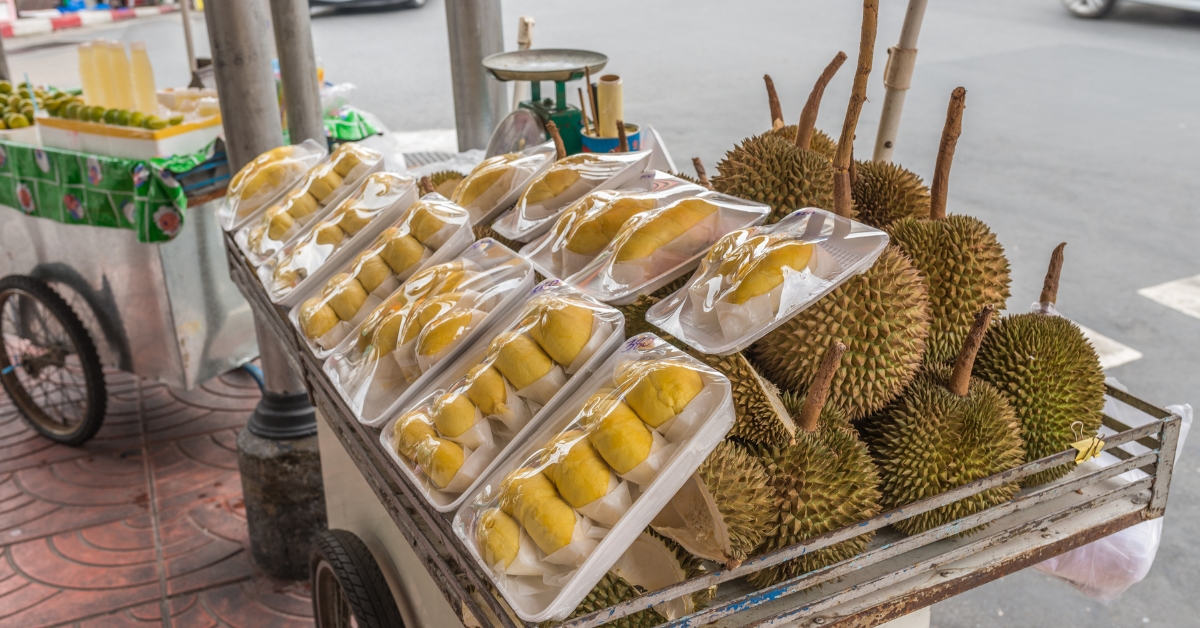
Durian is widely sell during harvest season
Vietnam’s main durian export markets
Vietnamese durian has successfully conquered 22 countries and territories. Here are some of Vietnam’s main durian export markets:
China
China is the largest importer of durian from Vietnam. According to the Vietnam Fruit and Vegetable Association, in the first half of 2024, the export value of durian to China reached 1.22 billion USD, accounting for 92.4% of Vietnam's total durian export value.
Vietnamese durian is popular with Chinese consumers because of its delicious taste, good quality, competitive price and ability to produce durian in the off-season. In addition, the short shipping route also contributes to boosting export value to this market. However, China also has high demands on traceability, plant quarantine and product quality.
Thailand
Thailand is the second largest durian importer from Vietnam. In the first half of this year, Thai people spent $47 million importing durian from Vietnam, up 90.5% year-on-year. According to Mr. Dang Phuc Nguyen, Secretary General of the Vietnam Fruit and Vegetable Association (VINAFRUIT), Thailand imports frozen durian from Vietnam mainly for re-export to other markets and as raw materials for confectionery production.
Emerging Markets
Besides the two main markets, Japan and Cambodia have also increased their imports of Vietnamese durian. Specifically, durian exports to Japan reached nearly 2.7 million USD and to Cambodia reached nearly 1.7 million USD, increasing by 2 times and 23 times respectively compared to last year.
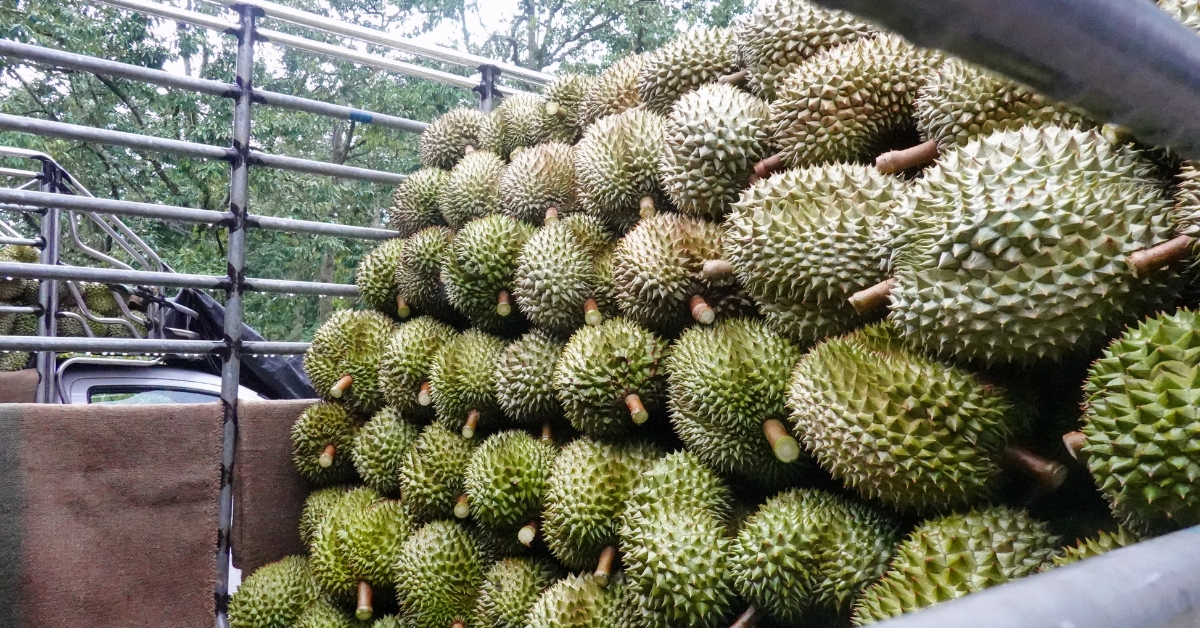
Harvested durians are being transported from the garden
Opportunities and challenges for Vietnamese durian in the international market
The international market opens up great development opportunities for the Vietnamese durian industry, but there are also many challenges:
Opportunities
- Large consumption market: Durian is a popular fruit in many Asian countries, especially China – the world’s largest durian importer. Since 2022, global durian demand has increased due to the demand for durian from Chinese consumers. This demand is expected to continue rising.
- Free trade agreements (FTAs) open up markets: Vietnam has negotiated many trade agreements with partners, including potential markets for durian such as the EU, Japan, South Korea, etc. These agreements have helped reduce tariff barriers, creating favorable conditions for Vietnamese durians to expand business opportunities in the international market.
- Advantages in natural conditions: Vietnam has a climate and land favorable for growing durian both in season and out of season. In addition, large labor resources and competitive production costs are also advantages that help Vietnamese durian compete in price in the international market.
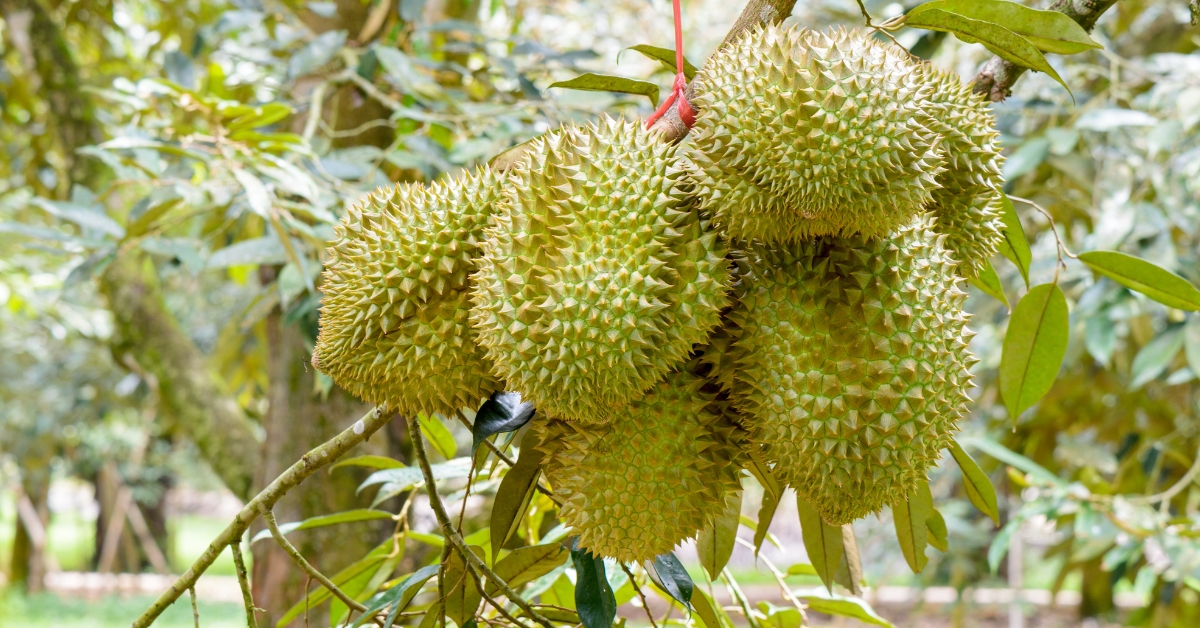
Vietnam has a favorable climate and soil for growing
Challenges
- Strict requirements for quality and food safety: Developed markets such as the EU, Japan and the US has very high standards for quality, food safety and origin traceability. Achieving these standards is a big challenge for the Vietnamese durian industry in particular and Vietnamese agricultural products in general.
- Dependence on the Chinese market: Currently, Vietnamese durian is mainly exported to China. Over-reliance on this market makes the Vietnamese durian industry vulnerable to changes in policy and price, directly affecting the income of farmers and businesses. Additionally, China is investing in its own durian production. When China can produce durian, Vietnam will face difficulties competing in this market.
- Intense competition from other durian exporting countries: Malaysia and Thailand are long-standing durian exporting countries with strong brands. To compete with these rivals, Vietnamese durian needs a sustainable development strategy to improve quality, build brands and expand potential markets.
- Incomplete supply chain: Vietnam’s post-harvest logistics and preservation system still has many limitations. Long-distance transportation, lack of standard cold storage facilities and poor preservation techniques make durian susceptible to bruising, damage and reduced product quality when it reaches consumers.

Vietnam's logistics system still has limitations
Solutions to enhance competitiveness for Vietnamese durian
To further expand Vietnamese durian in the international market, enhancing competitiveness is key. Here are some solutions to focus on:
- Improve quality and ensure food safety
- Apply technology to production: Produce according to VietGAP, GlobalGAP, etc., standards to effectively control diseases, pesticide residues, and ensure consumer safety.
- Invest in an origin traceability system: Build a transparent origin traceability system to help consumers easily track product information, enhancing the reputation of the Vietnamese durian brand.
- Diversify products: Research and breed new durian varieties with high quality, suitable for the taste of each market, and develop durian processed products such as confectionery, dried goods, etc.
- Build a brand and promote products
- Invest in logistics infrastructure: Upgrade warehousing, transportation, and post-harvest preservation systems to minimize spoilage and ensure durian quality.
- Apply blockchain technology in origin traceability: Enhance transparency and reliability for the durian supply chain, facilitating exports to demanding markets.
- Support from the Government and relevant agencies
- Negotiate market opening: Strengthen negotiations and sign free trade agreements with potential markets, creating favorable conditions for durian exports.
- Expand connections to help businesses access information and markets: Provide information and support businesses to participate in international fairs and exhibitions to promote products.
- Issue policies to support the development of the durian industry: Provide support in terms of capital, land, science and technology, etc., for businesses and farmers producing and trading durian.
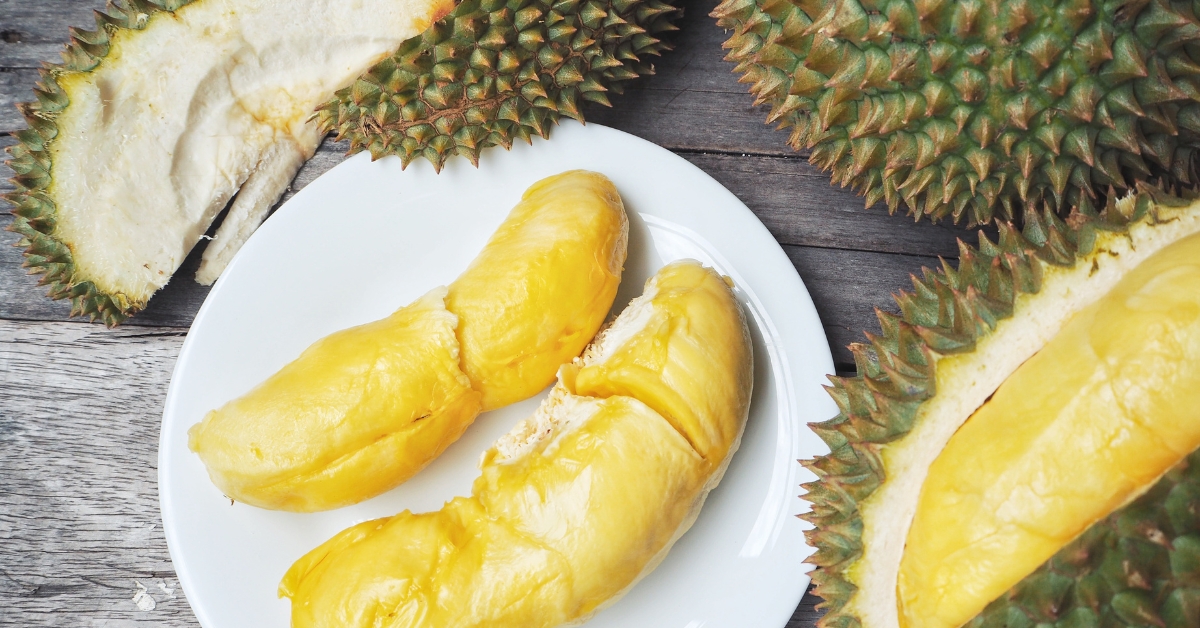
Food quality and safety are the decisive factors for exporting
Vietnam has favorable natural conditions, laying a solid foundation for the development of agricultural economics, with durian being a prime example. Besides durian, many other Vietnamese agricultural products also have strong export prospects. To maximize this potential, there needs to be a concerted effort from all sides, including policy support from the Government, businesses, and proactive application of science and technology, improving product quality from the farmers.
Views
2849
